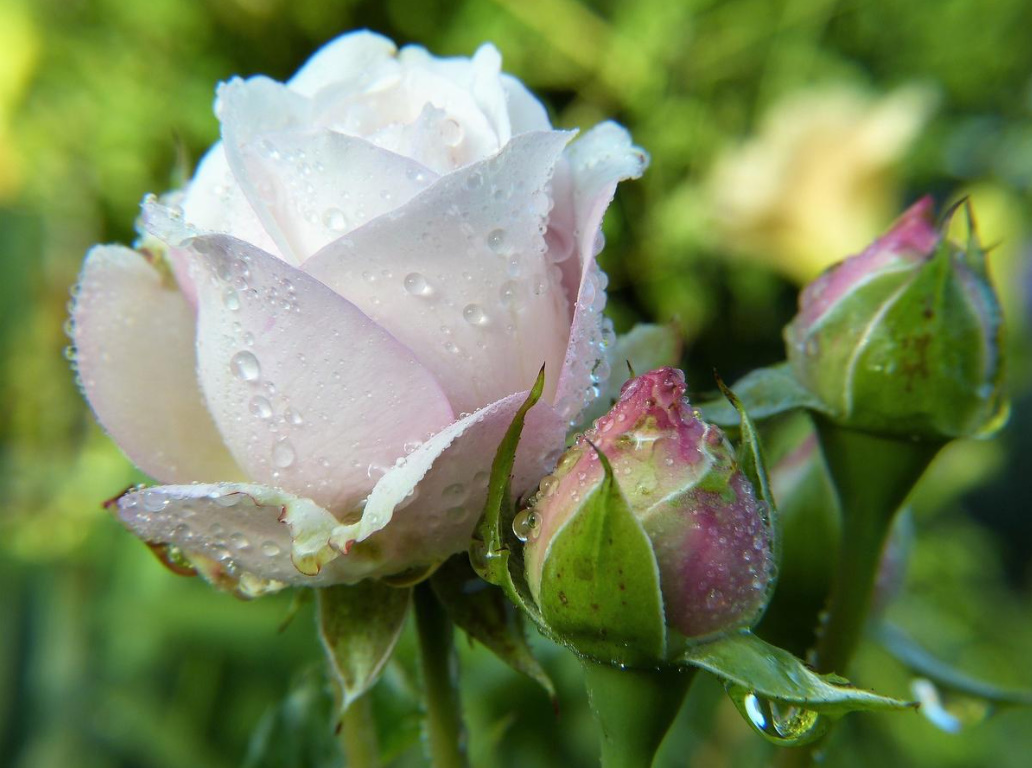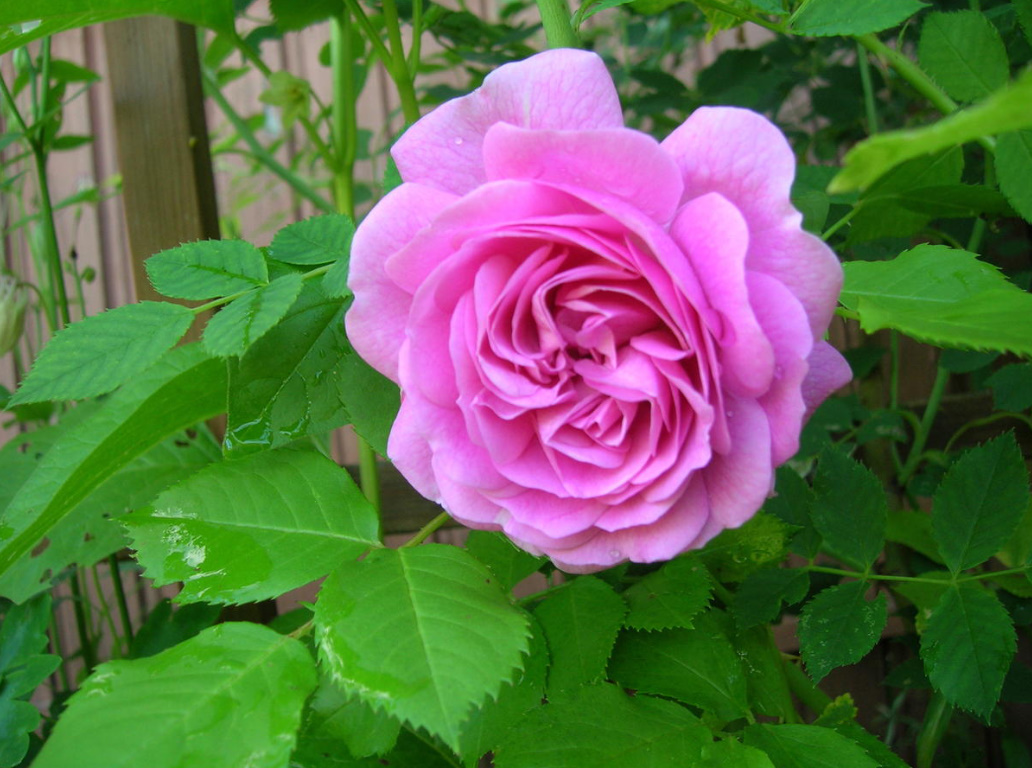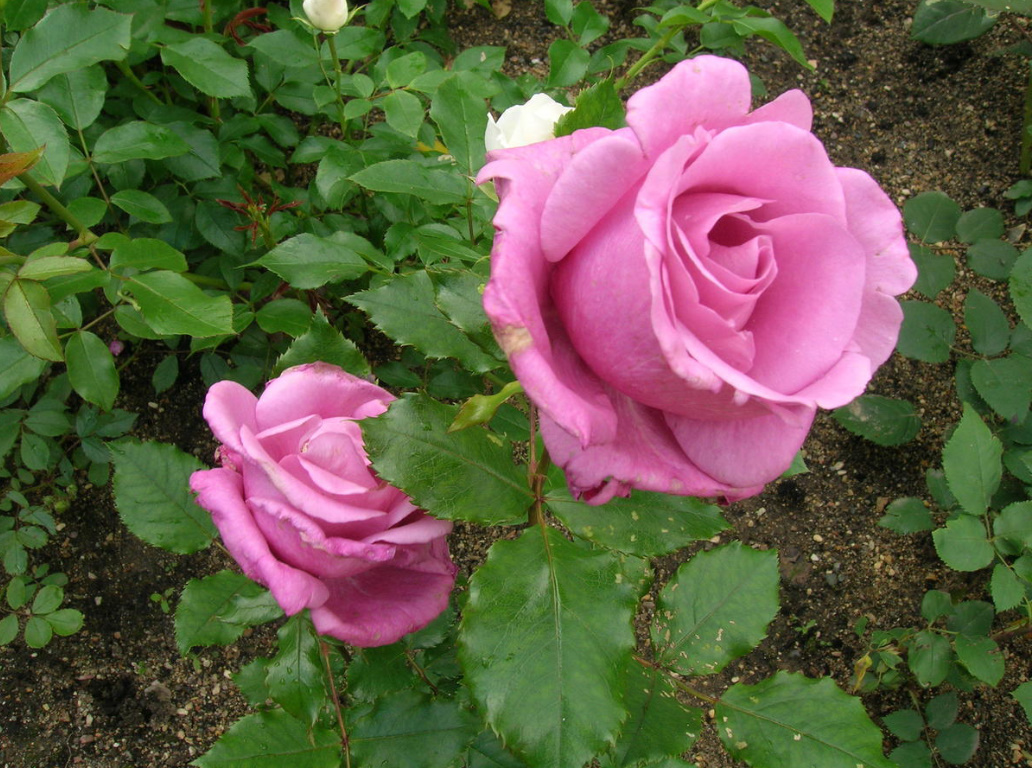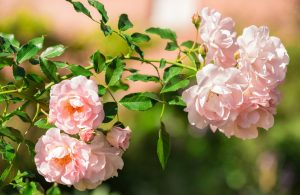
Today, the chairman of the Society of Rose Lovers Delbard, well known to readers as an outstanding rose connoisseur and popularizer of the secrets of healthy rose growing, answers questions about fertilizing for roses, which are most often asked by novice flower growers.
- If you follow the published recommendations for fertilizing roses, then you need to organize a whole warehouse for storing mineral fertilizers. Are roses really so demanding?
The main recommendations were developed by specialists for nurseries and greenhouses, and for a long time. It is much more economical to use fertilizer bags there, and there were no specialized fertilizers for roses before. Gradually, these recommendations of specialists have overgrown with amateur horror stories — so much so that the cultivation of roses is elevated to the rank of a feat.
One of the leading British rose growers, multiple chairman of the Chelsea exhibition committee, John Mattock advises using complex fertilizers for roses, which are applied according to the manufacturer’s instructions. It’s simple and clear to everyone, if you forgot something, read the instructions again.
- How to determine the deficiency of trace elements?
Symptoms of micronutrient deficiency or their excess (toxicity) cannot be visually recognized even by an experienced rose grower, an analysis of soil and foliage is required. If you find pictures in the literature with images of symptoms of deficiency of some of the trace elements, consider them with curiosity, but do not consider it acquired knowledge.

Use specialized fertilizers for roses with a set of trace elements and spray with an infusion of ash at the stage of budding of plants. I do not approve of the uncontrolled use of numerous solutions offered in garden centers and I want to remind you that not only the lack of trace elements, but also their excess leads to a change in the immune status of plants. I am reliably aware of cases when numerous micronutrient fertilizations were used unnecessarily and as a result they led to the weakening of beautiful and healthy roses.
- How to properly scatter fertilizers — around each bush or evenly over the entire area?
Fertilizer works faster and more efficiently if it gets into the plant’s feeding zone. As a rule, roses are planted in separate pits, so a complex granular fertilizer is applied under the bush (around a circle with a radius of about 15 cm), so it will reach the goal faster.
- When are mineral fertilizers applied — before watering or after watering?
You are trying to remember only the sequence of operations, but you need to know the meaning. No matter how you sprinkle fertilizers — in dry or wet soil — the plant will receive them no sooner than they dissolve and filter into the zone of vital activity of the roots.

When fertilizers are applied to moist soil, the rate of their dissolution increases, but not all batteries dissolve quickly. Nitrogen will begin to flow immediately, and other elements will be filtered with subsequent watering.
- There are conflicting recommendations in the literature on the introduction of phosphorus. Why is this question interpreted differently?
Phosphorus is necessary for plants, according to scientists, it contributes to the development of the root system, early spring growth and metabolism. Phosphorus, unlike nitrogen and potassium, is more firmly retained by soils, and cases of its deficiency are extremely rare. In practice, an overabundance of it is more often possible, especially with annual mulching of plantings with rotted manure. The high content of phosphates reduces the availability of iron, manganese and zinc to plants.
- If the planting of roses is mulched, then how to carry out fertilizing in the summer?
Many gardeners are concerned that mulch serves as a barrier to mineral fertilizers and can disrupt the nutritional balance in the soil. Raking mulch during summer feeding is too laborious, so it remains to be hoped that through its loose layer fertilizers will quickly be washed into the root habitat, and the goal will be achieved. If you notice signs of a nutrient deficiency, then shift the top dressing to an earlier date, about a week.

- How to grow roses on sandy soils?
Sandy soils are easy to cultivate, but difficult to successfully grow roses. They do not retain moisture, and nutrients are easily washed out. The problems are largely overcome by the addition of organic matter. I also advise you to use mulching of plantings. Foliar top dressing gives a good result: nutrients quickly enter the cell juice through the leaves and compensate for the nutritional deficiency.




Leave a Reply